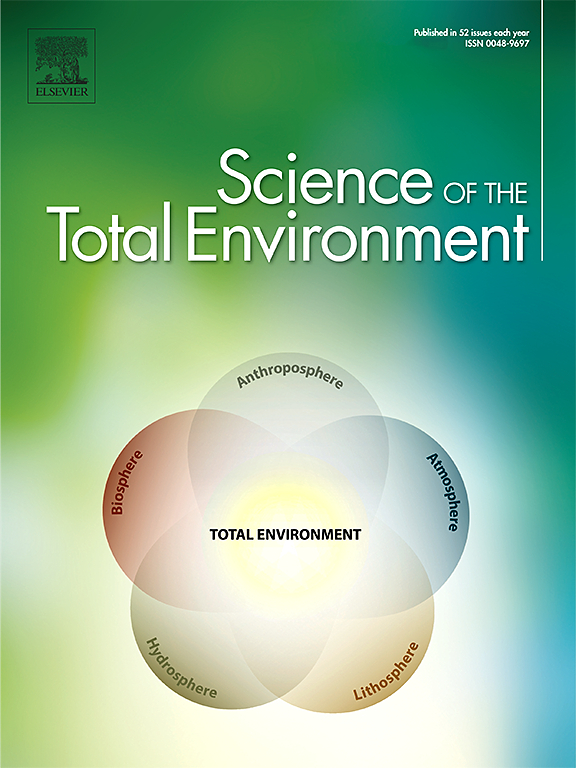Mapping antimicrobial resistance landscape at a city scale sewage network
IF 8.2
1区 环境科学与生态学
Q1 ENVIRONMENTAL SCIENCES
引用次数: 0
Abstract
Wastewater is a valuable source for monitoring contaminants of biotic or abiotic origin. Antimicrobial resistance (AMR) has emerged as a public health threat that consists of the ability of microorganisms to resist the effects of antimicrobial compounds, rendering them very difficult or impossible to eradicate in case of infection. Considering the dissemination of antimicrobial resistance genes (ARGs) to a wide number of ecosystems, there is a need for the identification of hotspots that concentrate antimicrobial resistance determinants. A comprehensive investigation conducted at a city-scale in Sabadell (Barcelona, Spain) has integrated both phenotypic and genotypic methodologies, including metagenomics and culture-based techniques coupled with whole-genome sequencing (WGS), to monitor ARG presence in seven different spots of the sewage system. Metagenomics approach identified 262 ARG variants across analyzed sampling sites, grouped into 15 resistance categories. The most prevalent ARGs were macrolides-lincosamides-class B streptogramins (MLSB) (35.1 %) and beta-lactams (28.7 %), including carbapenems (5.9 %) and cephalosporins (5.3 %). MLSB resistance featured dominant msr(E) and mph(E) genes, the most abundant ARGs in our study. ARGs conferring resistance to beta-lactam were dominated by blaOXA-464, blaOXA-491, and blaNPS. Key genes for carbapenem (blaOXA-372, blaKPC-2) and cephalosporin (blaOXA-10, blaOXA-1) resistance were identified. The hospital sector exhibited the highest relative abundance of ARGs, dominated by beta-lactams, MLSB, and aminoglycosides. Wastewater treatment plant (WWTP) entrance points and residential areas displayed similar ARG profiles, while WWTP effluent and industrial zones had the lowest ARG levels. WWTP significantly reduced ARG presence (93.3 %). The characterization of antibiotic-resistant bacterial isolates found that most abundant ARGs were predominantly plasmid-borne, favoring ARG spread across bacterial genera. This finding confirmed the significant role of plasmids in ARG dissemination, increasing both diversity and prevalence within waterborne bacterial communities. City-scale surveillance programs can play a pivotal role in guiding effective measures to reduce the dissemination of AMR and mitigate their environmental impact.

求助全文
约1分钟内获得全文
求助全文
来源期刊

Science of the Total Environment
环境科学-环境科学
CiteScore
17.60
自引率
10.20%
发文量
8726
审稿时长
2.4 months
期刊介绍:
The Science of the Total Environment is an international journal dedicated to scientific research on the environment and its interaction with humanity. It covers a wide range of disciplines and seeks to publish innovative, hypothesis-driven, and impactful research that explores the entire environment, including the atmosphere, lithosphere, hydrosphere, biosphere, and anthroposphere.
The journal's updated Aims & Scope emphasizes the importance of interdisciplinary environmental research with broad impact. Priority is given to studies that advance fundamental understanding and explore the interconnectedness of multiple environmental spheres. Field studies are preferred, while laboratory experiments must demonstrate significant methodological advancements or mechanistic insights with direct relevance to the environment.
 求助内容:
求助内容: 应助结果提醒方式:
应助结果提醒方式:


